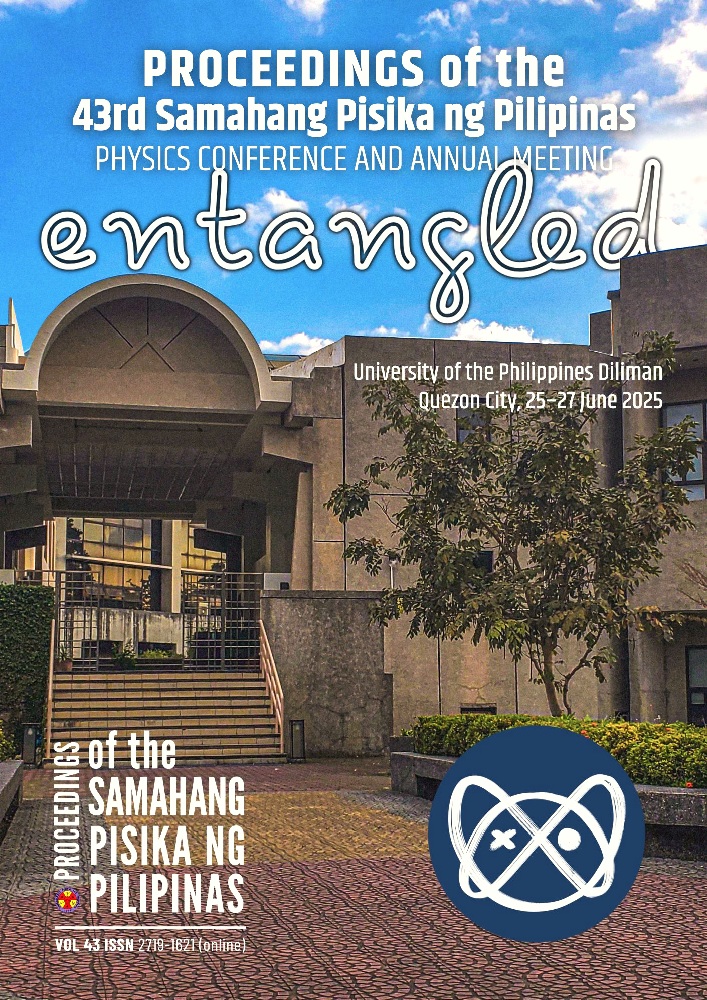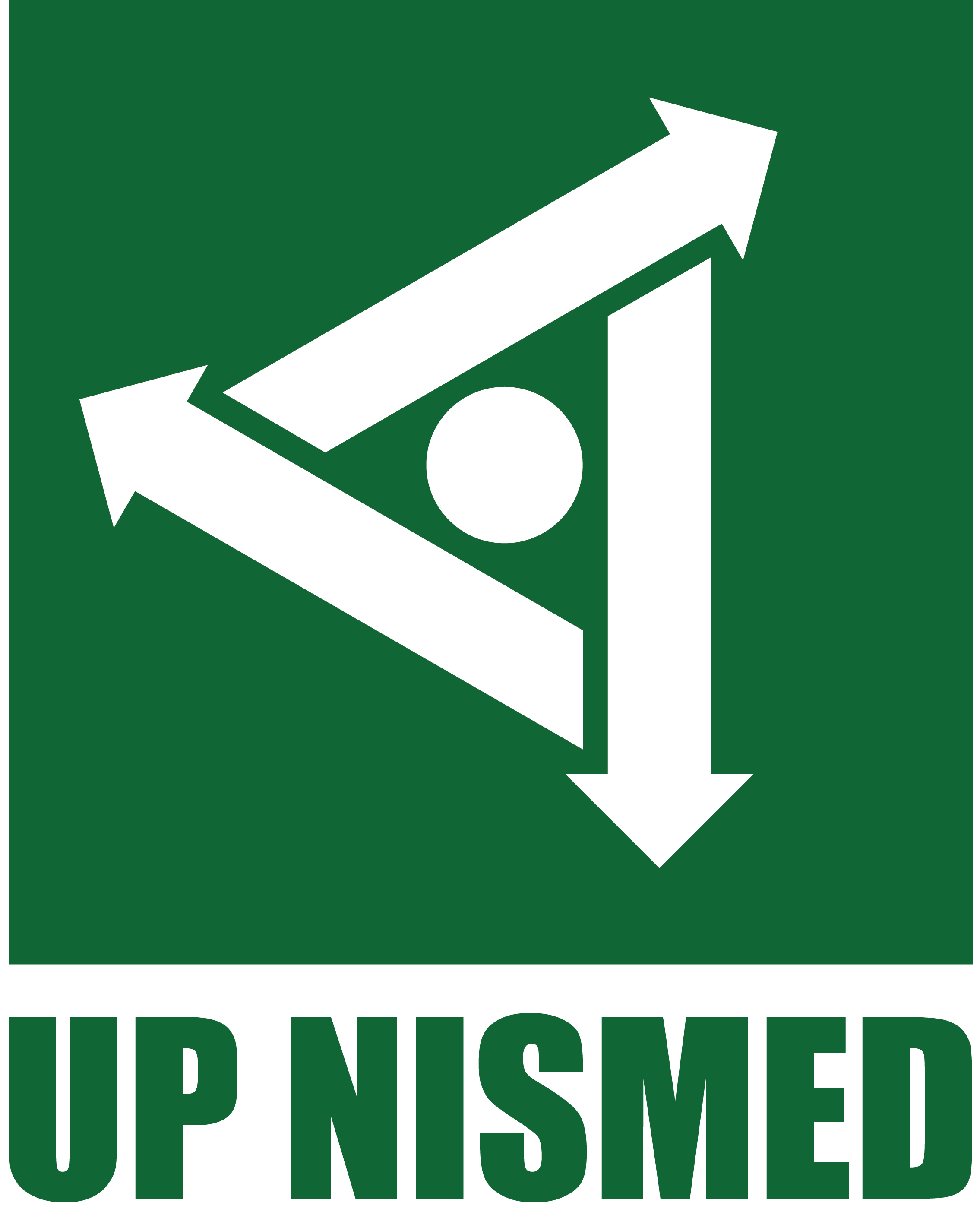Development of an ultra-compact microwave resonator for electron-spin-resonance measurement
Abstract
In a typical inductively detected electron spin resonance (ESR) measurement system, the characteristics of the resonator are known to have a significant effect on sensitivity. The advantage of using a resonator is that it makes it possible to obtain a weak resonance signal by increasing the millimeter wave intensity irradiating the sample by a standing wave. In a typical X-band (~10 GHz) ESR system, a high Q-value (~2×104) is obtained by using a cavity resonator. It is known that the oscillating magnetic field generated in the resonator and the measurement sensitivity are approximately proportional to [V/(ω0Qu)]1/2 where Qu is the Q value at no load, V is the effective volume of the resonator, and ω0 is the resonant frequency.
Therefore, it is expected that high-sensitivity ESR measurement will be possible by providing the sample with an oscillating magnetic field component of high intensity. As a method to increase the oscillating magnetic field to the sample, it is possible to generate a localized oscillating magnetic field at the sample area by narrowing the volume V of the resonator. A loop-gap resonator (LGR) has been proposed by Twigg as a candidate for such an ultra-compact microwave resonator.
We have developed an ultra-small LGR for X-band ESR and investigated its resonance characteristics using calculations with COMSOL Multiphysics and an actual LGR fabricated by etching. An LGR with a notch of about 1 mm in width was fabricated on a disk of about 4 mm in diameter and placed on a stripline of about 1 mm in thickness, and its positional relationship with the stripline where the LGR has the largest resonance was investigated in the x-axis and z-axis directions. Simulations and measurements of the frequency response revealed that the vibration field generated at the center of the LGR is stronger at a distance of about 1.3 mm on the x-axis from directly above the stripline. From these resonance characteristics results, it is clear that the Q value is around 70. Based on the above results, ESR measurements of DPPH, a standard sample for ESR, were performed at room temperature. The center frequency was found to be 12.7 GHz, and changing its oscillation frequency by ±700 MHz resulted in a decrease in signal intensity. The details will be presented in this talk.
Downloads
Issue
Entangled!
25-28 June 2025, National Institute of Physics, University of the Philippines Diliman
Please visit the SPP2025 activity webpage for more information on this year's Physics Congress.
SPP2025 Conference Organizers
SPP2025 Editorial Board
SPP2025 Partners and Sponsors











